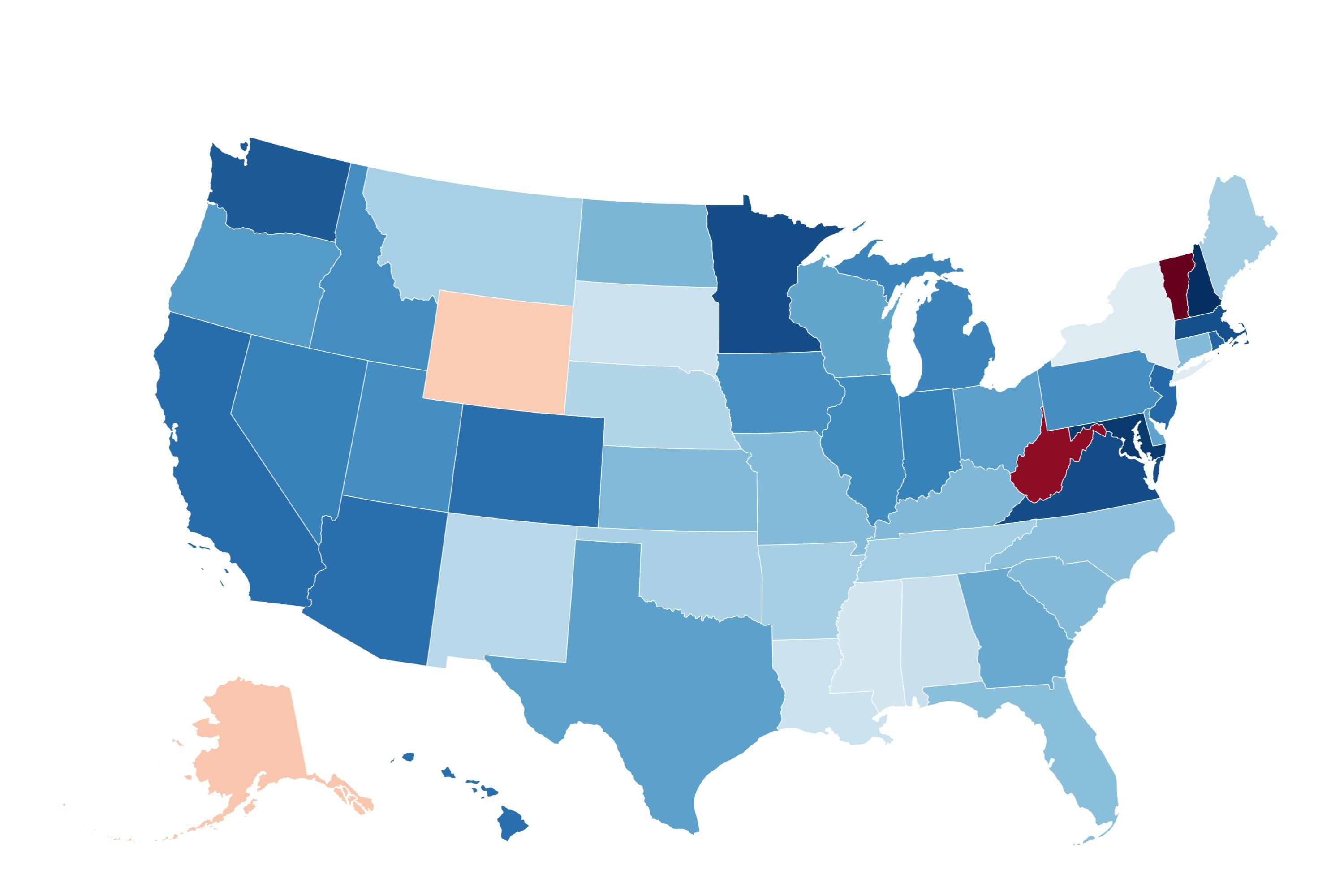Healthcare Costs Across America: See Which States Are Breaking the Bank (and Which Are Saving)

Healthcare affordability is a growing concern for Americans. From soaring insurance premiums to high out-of-pocket expenses, the cost of staying healthy can be a significant burden. A new report from WalletHub sheds light on this issue, revealing which states are grappling with the highest healthcare spending and which are managing to keep costs relatively low. Understanding these trends is crucial for policymakers, healthcare providers, and individuals alike as we strive for a more equitable and accessible healthcare system.
The Big Picture: A Nation Facing High Costs
The United States consistently ranks among the most expensive countries in the world when it comes to healthcare. While factors like advanced medical technology and a complex insurance landscape contribute to these costs, the impact on everyday Americans is undeniable. Many families struggle to afford essential medical care, leading to delayed treatment and poorer health outcomes.
WalletHub's State-by-State Breakdown
WalletHub's recent analysis examined a range of factors to determine healthcare costs in each state. These included insurance premiums, out-of-pocket expenses, the cost of prescription drugs, and overall healthcare spending per capita. The findings paint a varied picture, with some states significantly outperforming others in terms of affordability.
The Most Expensive States: Vermont, West Virginia, and Alaska Lead the Pack
According to the report, Vermont, West Virginia, and Alaska consistently rank among the most expensive states for healthcare. Vermont faces particularly high insurance premiums, while West Virginia struggles with high out-of-pocket costs. Alaska's unique geographic challenges and limited healthcare infrastructure contribute to its elevated expenses. These states often have smaller populations, which can drive up per capita costs, and face unique challenges in attracting and retaining healthcare professionals.
States Offering the Best Value: Mississippi, Kansas, and Alabama
On the other end of the spectrum, Mississippi, Kansas, and Alabama are identified as states with relatively affordable healthcare. These states often have lower insurance premiums and out-of-pocket expenses compared to the national average. While these findings are encouraging, it's important to note that affordability doesn't necessarily equate to quality of care. Further investigation into healthcare outcomes and access to services is crucial.
Factors Driving the Disparities
Several factors contribute to the significant variations in healthcare costs across states. These include:
- Insurance Market Dynamics: The level of competition among insurance providers and the availability of government subsidies can significantly impact premiums.
- Healthcare Provider Costs: Differences in physician salaries, hospital charges, and the use of advanced medical technologies play a role.
- State Regulations: State laws governing insurance rates, prescription drug pricing, and healthcare provider licensing can influence costs.
- Population Health: States with higher rates of chronic diseases often face greater healthcare expenditures.
- Geographic Factors: Rural states often face higher costs due to limited access to healthcare providers and infrastructure.
What Does This Mean for You?
Understanding the healthcare cost landscape in your state can help you make informed decisions about your health insurance coverage and healthcare spending. Consider factors like deductibles, co-pays, and out-of-pocket maximums when choosing a plan. Explore options for financial assistance if you qualify. And remember, preventative care is key to maintaining your health and potentially reducing long-term healthcare costs.
Looking Ahead: The Need for Reform
The disparities in healthcare costs across states highlight the need for comprehensive healthcare reform. Policymakers must address the underlying drivers of high costs, improve access to affordable care, and promote preventative health measures. Only through a concerted effort can we ensure that all Americans have access to the healthcare they need, regardless of where they live.





